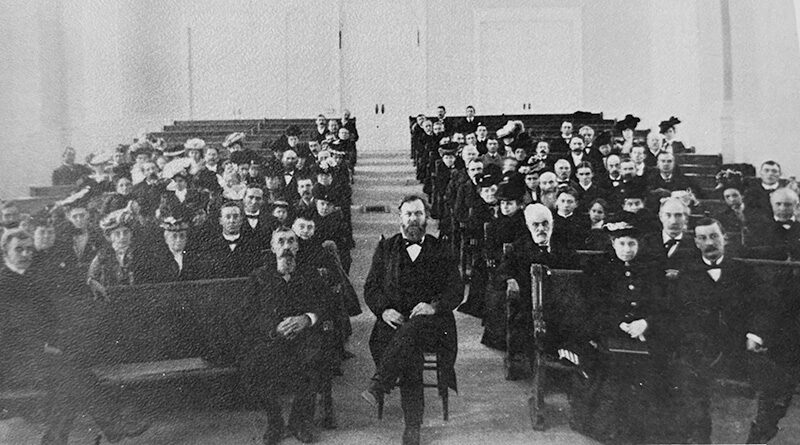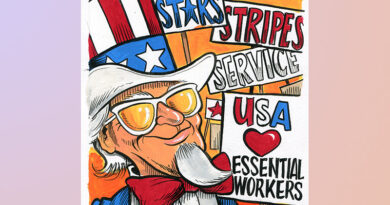University Park’s First Congregation Welcomes Those in Need of a Place
University Park’s oldest congregation met for the first time in 1899 at Temple Emanu-El because no churches would welcome its members in their buildings. The congregation has since made it a mission to open its doors to others in need of a place.
The First Unitarian Church, which has called Preston Road home since the 1940s, was organized in December 1899 under the leadership of Daniel Christian Limbaugh, who recognized the need for a church for those “at sea without a chart or compass” due to their view that “the old dogmas, doctrines, and creeds appear outgrown.”
The church has since expanded from 32 founding members to 1,100. It serves about 3,000 people, broadcasts to 30 states and seven countries, and is continuing to grow by about 10% a year, said the Rev. Dr. Daniel Kanter, the senior minister.
The church has always been a place of “genuine inclusiveness,” he said. “We have stood on those principles that we will create tolerance and inclusion wherever we can, throughout our history.”
The church was likely the first in Texas to integrate, Kanter said. In 1944, the church’s minister, the Rev. Dr. Robert Raible, “shocked some people in the Dallas church community when he welcomed two blacks to his congregation,” according to his 1983 obituary in The Dallas Morning News. Raible became a leading voice for school desegregation, assailing the Dallas school board for dragging its feet.
The Unitarians have continued to welcome those in need and worked as crusaders for social justice. Members of the Student Nonviolent Coordinating Committee met at the church in the 1960s. The Unitarian Church’s ministers marched in Selma with Dr. Martin Luther King Jr.
In the early 1970s, the church gave the keys to its library to a group of the area’s first Muslims so that they would have a place for prayer. During the AIDS crisis, Catholic gay men were given communion in the church’s sanctuary. The members of the Unitarian Church were “one of the first churches in the early ’70s in the country to declare ourselves a welcoming, affirming community for lesbian, gay, and transgender people. We continue that work,” Kanter said.
“This is actually a really important church in the history of America,” he continued. “And very few people even know who we are or what we’re up to here.”






